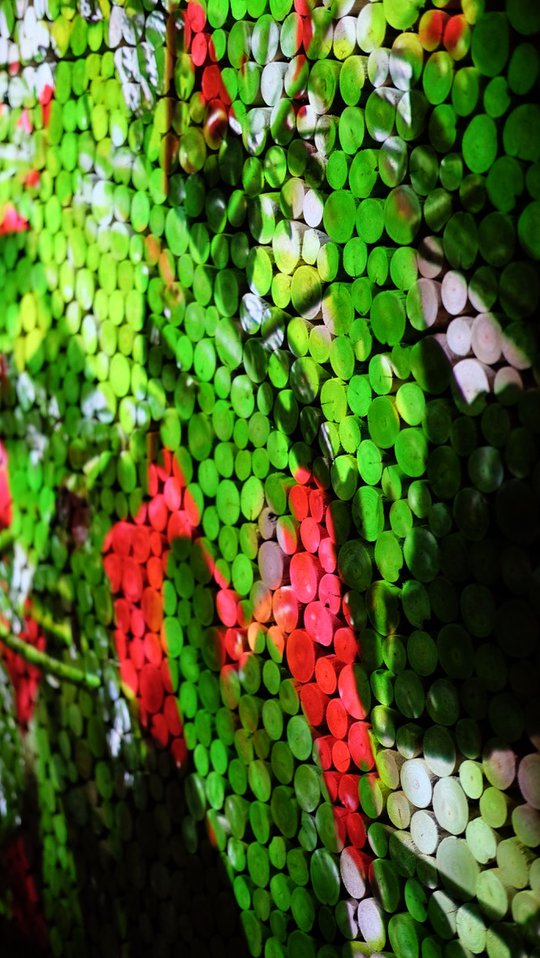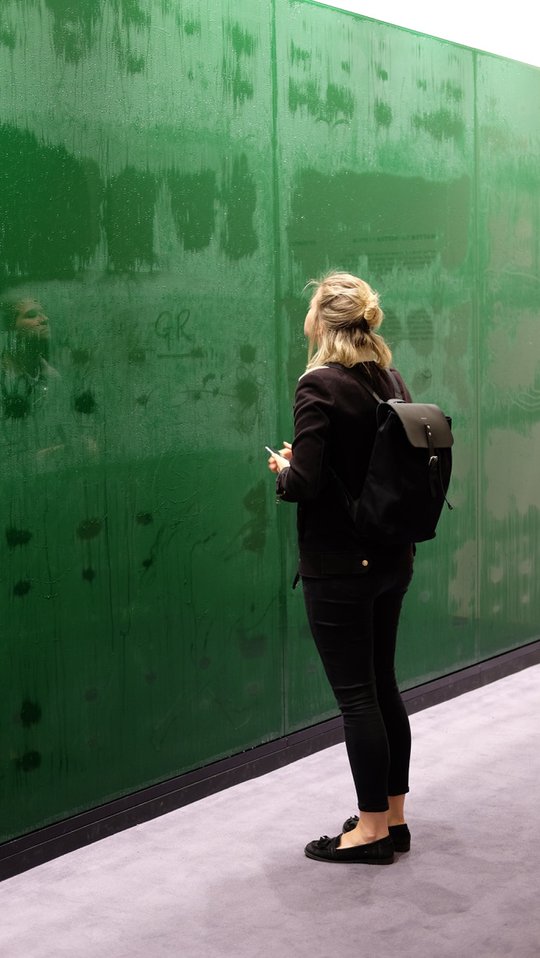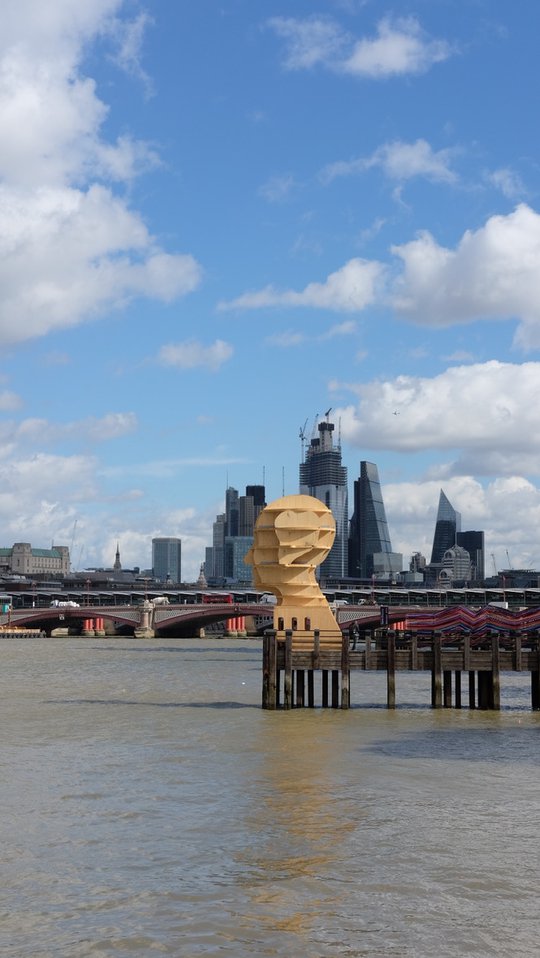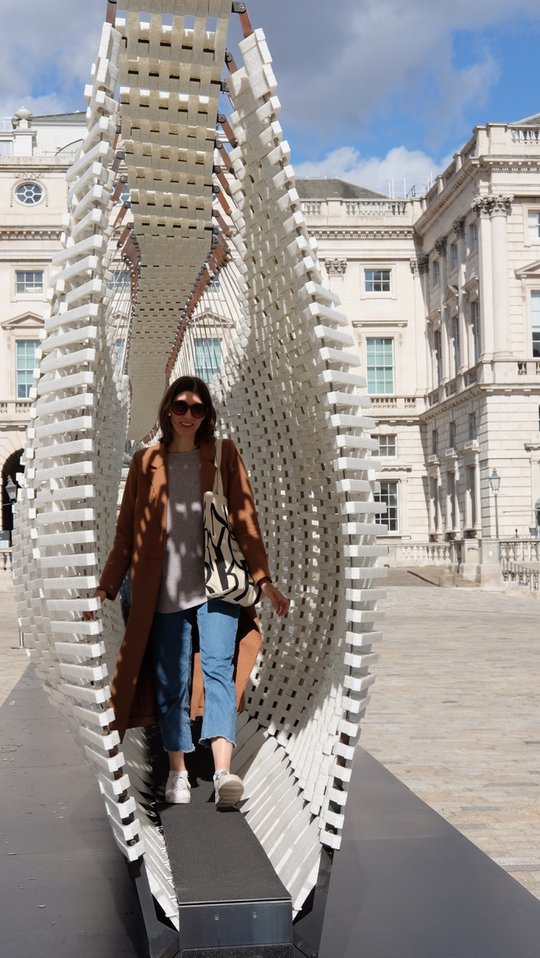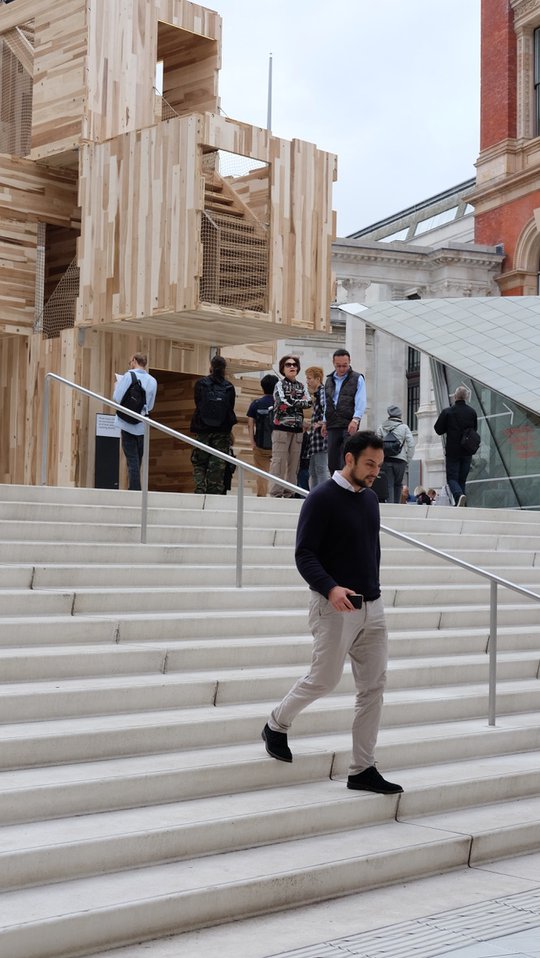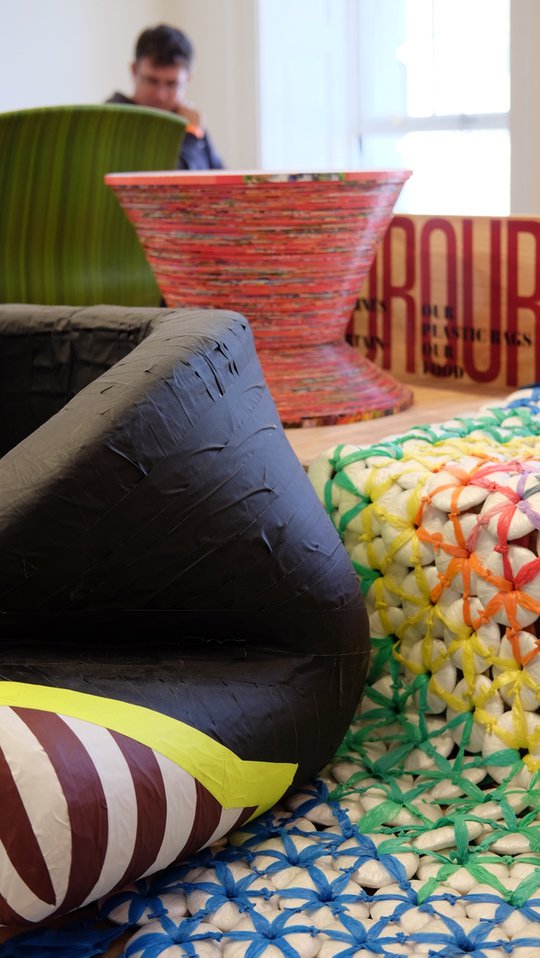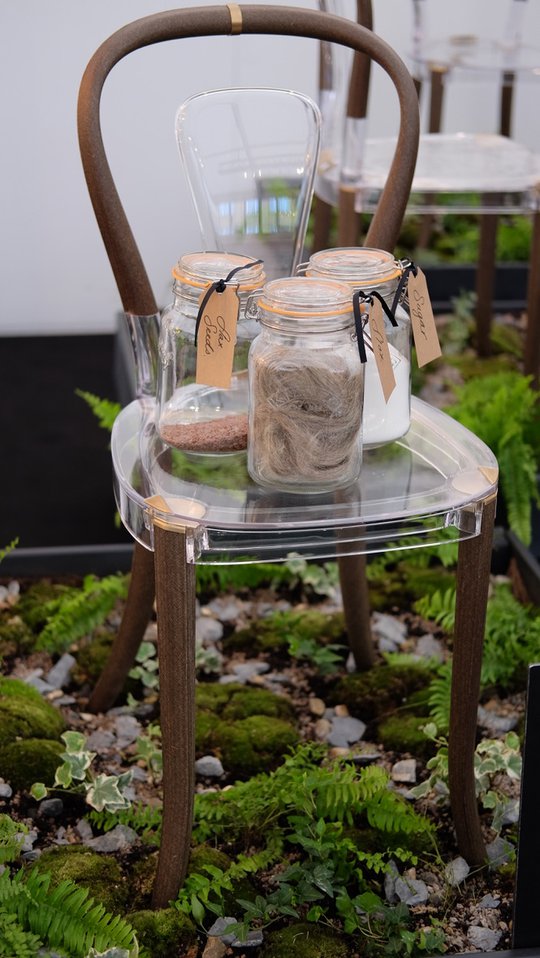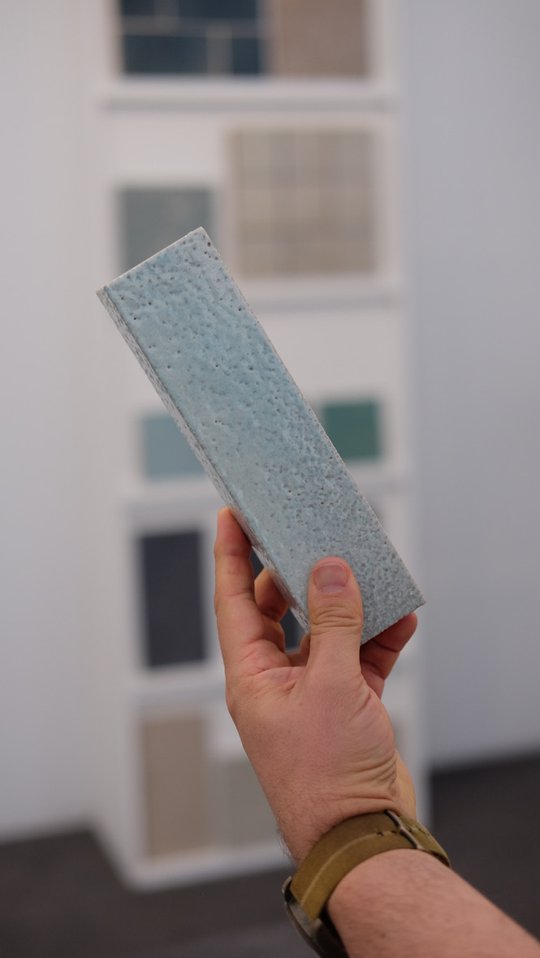There was a clear message of how design affects us, our mental wellbeing and the future of our planet at this year's London Design Festival.
It is, as we know, a conversation that's getting louder. A dialogue that encourages us to question our choice of materials – the very foundation of our projects, products and businesses – and how they impact humanity.
At this year's London Design Biennale at Somerset House, for example, the theme was "Emotional States" with 40 countries, cities and territories from six continents taking part. While the event considered how design affects every aspect of our lives, another clear message was environmental and how we are going to save our planet.
The Impenetrable Forest by Argentina presented a celebration of an ongoing story of self-sustainability. While David Elia's Desmatamento captured the vulnerability of Brazil's rainforest and the emotional toll of its continuing destruction. Pure Gold by Germany touched on the subject of upcycling, transforming waste into objects of desire.
We were also inspired by Variant Studio's Matter to Matter, which invited us to leave fleeting messages on a wall of condensation. It is a statement about culture and transience, and the ways in which nature can cover over human traces.


